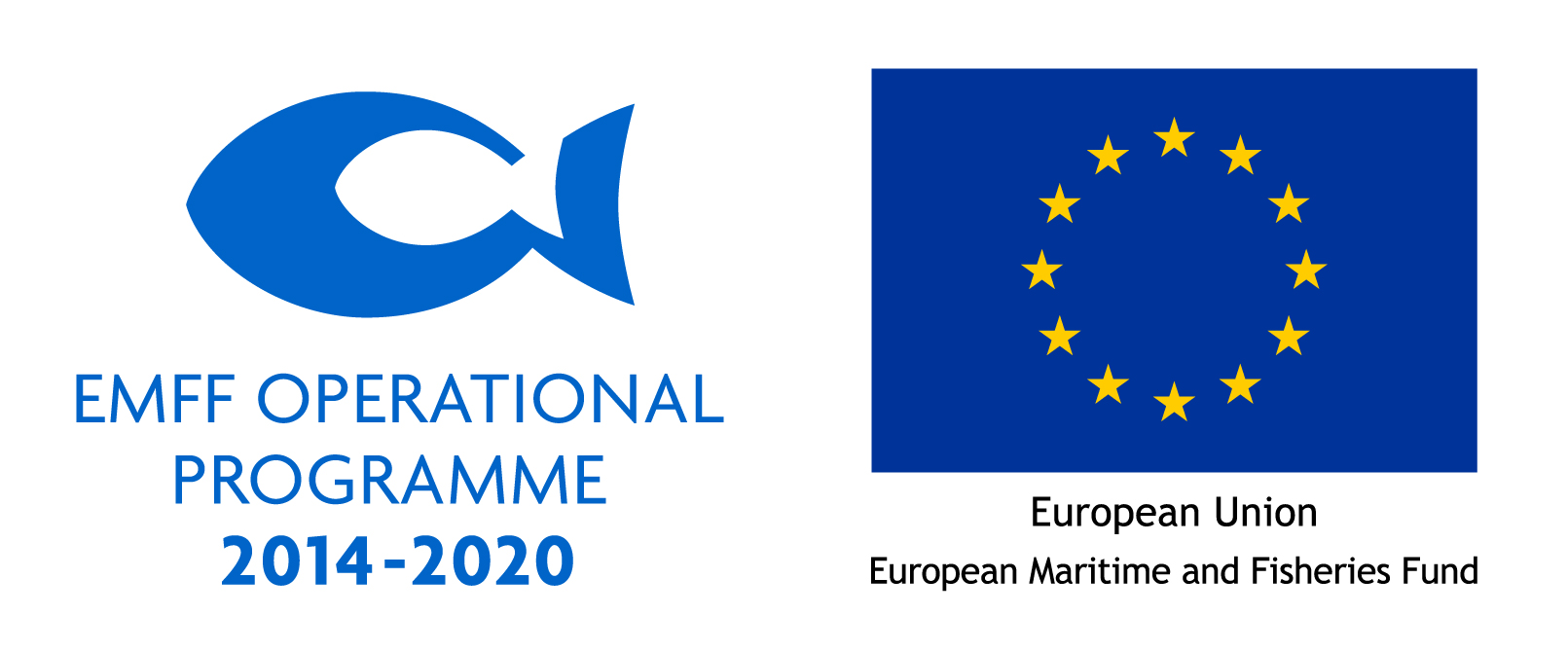
17.12.2019
Open letter to Commissioner for Environment, Maritime Affairs and Fisheries Virginijus Sinkevičius
We, Baltic Sea fishermen and the Steering group of the Baltic Sea Seal and Cormorant TNC project, want to express our deepest concern for the future of traditional coastal small-scale fishing in our region. Fishing as a traditional source of livelihood has always played a vital role in the socio-economic and cultural development of the coastal communities of the Baltic Sea area. We represent the transnational cooperation of 14 Fisheries Local Action Groups (FLAGs) operating in the coastal areas of Sweden, Finland, Estonia, and Germany to secure the future of traditional small-scale fishing in the Baltic Sea Region.
As a result of successful conservation efforts and including the adoption of the Regulation (EC) No 1007/2009 banning the trade of seal products in the European Union, the populations of great cormorants and grey seals have significantly increased in the Baltic Sea. Predation by seals and cormorants reduce the profitability of aquaculture facilities. Coastal small-scale coastal fisheries have been reporting serious economic damages during the last 20 years and a large proportion of fishers have given up professional fishing, negatively affecting the livelihoods of the coastal communities they should be underpinning.
The long-lasting species-centred protection policy and consequences of the seal trade ban have led to a situation where very numerous seal and cormorant populations are one of the most severe threats to the traditional coastal fishing livelihood. On the Baltic coastal areas the amount of fish preyed on by seals and cormorants is about the same as caught by fishing. Recent studies have confirmed that seals eat fish of the same size as those taken by the fishery [1]. The impact of seals and cormorants on fish stocks is serious.
As appreciation for fish has increased due to health and climate awareness, prices have also increased. At the same time, the local catches have diminished. It has caused a situation where, instead of being able to use the local catch of the Baltic Sea, more fish is imported.
The great cormorant is protected under Directive 79/409/EEC (the Birds Directive). The population of the great cormorant has increased significantly over the last 20 years and is now considered to be in a healthy state. Growing cormorant numbers cause severe damage to coastal small-scale fisheries: reducing catch size, damaging stock and scaring fish away from fishing gear. In its Resolution of 4 December 2008, the European Parliament has called for the adoption of a European Cormorant Management Plan to minimize the heavy impact of cormorants on fish stocks and fishing (2008/2177(INI))[2]. Besides the seaside, there is an increasing amount of confirmed cases where cormorants visit rivers and destroy the whole fish population of a river. Besides the damage to fish stocks, cormorants have caused proven permanent damage to vegetation in certain areas and are a particular threat to juvenile fish.
The discussion around the Regulation (EC) No 1007/2009 on trade ban in seal products has set the public opinion against all seal hunting. Grey seals are protected by all countries in the Baltic Sea region. In 2019, when the grey seal population was monitored in the Baltic Sea area, over 38 100 individuals were counted. This means that the estimated population size was 47 650 – 63 535 individuals [3]. Some experts estimate that the population size is now close to the carrying capacity of the environment. After recovery of the populations, controlled hunting is allowed in certain Baltic Sea states. The current national hunting regulations allow hunting of seals to some extent, but the seal product trade ban makes it worthless and contrary to hunters’ ethical values. Thus, the permitted quotas are never reached.
The HELCOM targets for grey seal populations, based on LRL (Limit Reference Level, i.e. safe biological limit) in the Baltic, are set at 10,000 individuals in all units. The abundance of grey seals is above the LRL of 10,000. Good status is achieved for each species when i) the abundance of seals in each management unit has attained a Limit Reference Level (LRL) of at least 10,000 individuals to ensure long-term viability, and ii) the species-specific growth rate is achieved indicating that abundance is not affected by severe anthropogenic pressures. The population has met the conservation targets all over the Baltic.
We, the undersigned Baltic Sea fishermen and the Steering group of the Baltic Sea Seal and Cormorant TNC project call on you, Mr Commissioner, in light of the EU Common Fisheries Policy’s objective to contribute to a fair living standard for those who depend on fishing activities[4], to promptly undertake all measures necessary to solve the clear conflict between increasing grey seal and great cormorant populations on the one hand, and small-scale coastal fisheries on the other.
We need action from the Commission on this fundamental matter if the future of small-scale coastal fisheries in the Baltic Sea is to be secured.
[1] Lundström et al. 2012
[2]www.luke.fi/tietoaluonnonvaroista/riista/hylkeet/
[3]ec.europa.eu/environment/nature/cormorants/files/Cowx_Report_for_Parliament.pdf
[4] Cf. Article 2 paragraph 5 letter f) of the CFP Basic Regulation 1380/2013
We remain at your disposal for any questions you may have.
Kind regards,
The Steering group of the Baltic Sea Seal and Cormorant TNC project
Esko Taanila
South Finland FLAG ESKO, Finland
Lars Wellin
SydostLeader, Sweden
Maria Saarinen
FLAG Archipelago Sea, Finland
Anders Jansson
Fisherman, the Member of the Baltic Sea Seal and Cormorant TNC project, Sweden
Esa Lehtonen
Natural Resources Institute Finland
Erko Veltson
Fisheries Information Centre and Harju Kalandus, Estonia
Thorsten Wichman
FLAG WMO, Germany
Kirsi Pohjankoski
Leader Sepra, Finland
Iiro Majuri
Coastal Bothnian Bay FLAG, Finland
Sten-Olov Altin
Leader Mittland Plus, Sweden
Partners in the project
